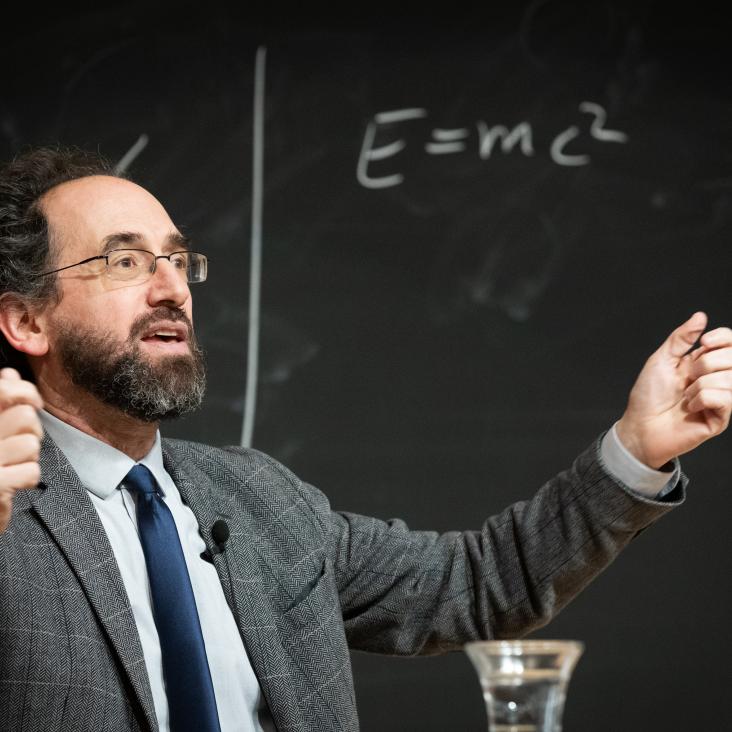Exciton band topology in spontaneous quantum anomalous Hall insulators: applications to twisted bilayer graphene
Physical Review Letters American Physical Society 126:13 (2021) 137601
Abstract:
We uncover topological features of neutral particle-hole pair excitations of correlated quantum anomalous Hall (QAH) insulators whose approximately flat conduction and valence bands have equal and opposite nonzero Chern number. Using an exactly solvable model we show that the underlying band topology affects both the center-of-mass and relative motion of particle-hole bound states. This leads to the formation of topological exciton bands whose features are robust to nonuniformity of both the dispersion and the Berry curvature. We apply these ideas to recently reported broken-symmetry spontaneous QAH insulators in substrate aligned magic-angle twisted bilayer graphene.Statistical mechanics of dimers on quasiperiodic Ammann-Beenker tilings
(2021)
A microscopic Ginzburg--Landau theory and singlet ordering in Sr$_2$RuO$_4$
(2020)
Contrasting lattice geometry dependent versus independent quantities: Ramifications for Berry curvature, energy gaps, and dynamics
Physical Review B: Condensed Matter and Materials Physics American Physical Society 102 (2020) 165148


